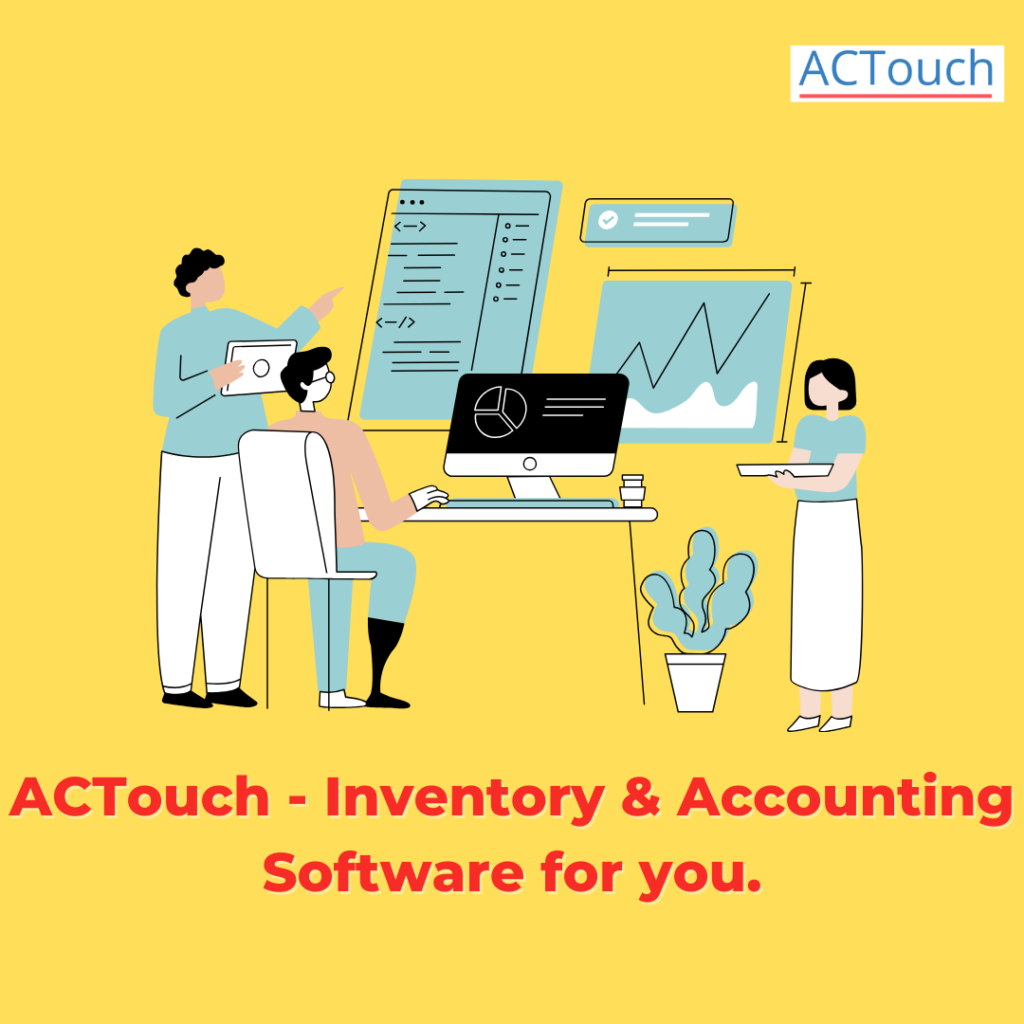Scrap Value: How to Calculate Scrap with Examples
What is Scrap Value?
Scrap value refers to the residual or salvage value of an asset, material, or product that is no longer useful for its original purpose or has reached the end of its useful life. It is the amount of money that can be obtained by selling the item as scrap or recycling it after deducting any associated disposal costs. Scrap value is an essential consideration for businesses, especially in manufacturing units, as it helps in optimizing asset management and assessing the overall profitability of their operations.

How to define Scrap Value?
To determine the scrap value of an item, several factors need to be considered, such as the condition of the item, market demand for the material, current market prices for scrap, and any associated transportation or recycling costs. Here’s a simple formula to calculate the scrap value:
Scrap Value = Selling Price of Scrap – Disposal Costs
What are the Types of Scrap Generated in Manufacturing Units?
In manufacturing units, various types of scrap are generated during the production processes. These scrap materials are the byproducts of manufacturing operations and are often considered as waste or unusable materials for the intended product. Proper management and understanding of the different types of scrap are essential for optimizing production efficiency, cost control, and environmental sustainability. Below are some common types of scrap generated in manufacturing units:
Metal Scrap
Metal scrap is one of the most common types of scrap generated in manufacturing units. It includes leftover metal pieces, cuttings, shavings, or defective metal parts that cannot be used in the final product. Examples of metal scrap include steel, aluminum, copper, brass, and various alloys.
Plastic Scrap
Plastic scrap refers to the discarded or unusable plastic materials generated during manufacturing processes. It can include plastic offcuts, rejects, misshapen parts, or excess materials from injection molding, extrusion, or other plastic processing methods.
ACTouch Cloud ERP helps to manage these scraps as part of its BOM and By-product. It helps to capture these details with unit sales value.
Paper Scrap
In industries that use paper extensively, paper scrap is a common waste product. It includes waste paper, misprints, trimmings, or damaged paper that cannot be utilized for the intended purpose.
Electronic Waste (E-Waste)
With the rapid advancement of technology, electronic waste is becoming a significant concern for manufacturing units. E-waste includes discarded or obsolete electronic devices, components, or equipment that cannot be repaired or refurbished for reuse.
Wood Scrap
Manufacturing units that work with wood or wood-based materials generate wood scrap. It comprises offcuts, sawdust, damaged or defective wood pieces, and excess materials from woodworking processes.
Textile Scrap
Textile industries produce textile scrap, which includes unusable or damaged fabric, yarn waste, cuttings, and remnants from garment production or textile manufacturing.
Rubber Scrap
Manufacturing units that work with rubber materials generate rubber scrap, which includes rejected or unusable rubber parts, trimmings, and excess materials from rubber processing.
Glass Scrap
Industries involved in glass manufacturing or glass product fabrication generate glass scrap, which includes broken or defective glass pieces and excess materials from cutting or shaping glass products.
Chemical Scrap
Chemical industries produce chemical scrap, which includes off-spec or off-grade chemical products, spills, or byproducts that cannot be used for their intended purposes.
Food Waste
In food processing units, food waste can be considered a type of scrap. It includes spoiled or damaged food products, trimmings, or byproducts from food processing.
Efficient handling and recycling of these types of scrap can not only reduce waste and disposal costs but also create opportunities for additional revenue streams through selling the scrap to recycling companies or utilizing it in other processes, such as energy generation or raw material recovery.
Examples of Scrap Value?
Let’s consider an example to illustrate the concept of scrap value. Suppose a manufacturing unit produces steel components, and after completing a production run, they have excess steel pieces that do not meet quality standards.
These pieces can be sold to a scrap dealer who offers a certain price per kilogram for the scrap steel. The amount received from selling the scrap steel becomes the scrap value for those components.
How Scrap Values are Shown in Accounting Books?
Scrap values are typically recorded in the accounting books as a credit entry in the relevant asset’s account. This credit entry reflects the revenue generated from selling the scrap.
Additionally, any disposal costs incurred during the process are recorded as a debit entry in the expenses account.
What is Scrap Value and Salvage Value?
Scrap value and salvage value are closely related terms that refer to the residual worth of an item or asset when it is no longer useful for its original purpose. Both concepts involve determining the value of the item at the end of its useful life, but they may vary slightly depending on the context in which they are used.
Scrap Value
Scrap value generally pertains to the worth of an item or material that is sold for recycling or disposed of as scrap after it has reached the end of its useful life. This term is commonly used in the context of manufacturing or industrial processes where leftover materials or defective products are recycled to recover some monetary value.
Example of Scrap Value
Let’s consider an example from the manufacturing industry. A furniture manufacturer produces wooden chairs, and during the production process, some chairs may be damaged or have defects that make them unfit for sale. These damaged chairs can be sent to a recycling center or a scrapyard, where they will be disassembled, and the wood will be sold as scrap material. The amount received from selling the scrap wood represents the scrap value of those damaged chairs.
Salvage Value
Salvage value, on the other hand, refers to the worth of an asset when it is sold or disposed of at the end of its useful life but before it becomes completely obsolete or unusable. The term is often used in the context of fixed assets, such as machinery, equipment, or vehicles, which have a certain remaining value even after they are no longer functional or economically viable for the business.
Example of Salvage Value
Let’s take an example of a delivery truck used by a logistics company. Over time, the truck experiences wear and tear, and as it ages, its performance and fuel efficiency decline. Eventually, the company decides to replace the truck with a new one. Before selling the old truck for scrap, they find that it still has some value left due to its parts or components that can be salvaged. The amount obtained from selling the old truck becomes its salvage value.
Distinction between Scrap Value and Salvage Value:
The key distinction between scrap value and salvage value lies in the condition and intended use of the item at the time of disposal. Scrap value is applicable when the item is sold for recycling or as scrap because it is no longer suitable for its original purpose. Salvage value, on the other hand, is relevant when the item is sold before reaching complete obsolescence, and some usable parts or materials can still be recovered or repurposed.
How is the Scrap Value of Assets Calculated? Give Examples.
The calculation of the scrap value of assets depends on the specific asset and its condition. For tangible assets like machinery, equipment, or vehicles, the scrap value can be estimated based on the current market prices of similar scrap items and the expected disposal costs. For example, if a company decides to replace an outdated machine, they may estimate its scrap value by assessing the market rates for similar machines and accounting for any associated dismantling or transportation costs.
How is the Scrap Value of a Car Arrived at? What are the Elements?
The scrap value of a car is determined by considering various factors such as the car’s make, model, age, condition, and current market demand for used car parts. When a car reaches the end of its useful life, it can be sold to a scrapyard or recycling center. The scrap value of the car is then calculated based on its weight and the prevailing scrap metal prices.
FAQ on Scrap Value
Scrap Value Meaning?
Scrap value refers to the residual worth of an item or asset when it is no longer usable for its original purpose and is sold for recycling or disposal.
What Scrap Value of Car?
To find the scrap value of a car, first, assess its condition and make note of any damages or non-functional parts. Research local scrap yards or auto recyclers to get quotes on their current scrap prices for cars. Estimate the car’s weight based on its make, model, and year. Calculate the scrap value using the estimated weight and the scrap price per ton. Properly dispose of any hazardous materials, and arrange for the car to be transported to the chosen scrap yard to complete the transaction.
How to Calculate Scrap Value?
To calculate the scrap value, subtract any associated disposal costs from the revenue obtained by selling the scrap material or asset.
How to Find Scrap Value?
Finding the scrap value involves assessing the market rates for scrap materials or assets and considering any applicable disposal costs.
What is an Example for Scrap Value?
An example of scrap value is when a manufacturing company sells the leftover metal scraps from its production process to a scrap dealer for recycling.
What is Scrap Value in Civil?
In civil engineering, scrap value refers to the residual worth of construction materials or equipment after their useful life or after a project is completed.
What is Scrap Formula?
The scrap formula involves deducting disposal costs from the revenue generated by selling the scrap material or asset.
What is Normal Scrap?
Normal scrap refers to the expected amount of waste or byproducts generated during the production process, and it is factored into the overall production costs.
What is the Formula for Book Value?
The formula for book value is the original cost of an asset minus its accumulated depreciation.
What is Scrap Value of an Asset?
The scrap value of an asset is the amount it can be sold for as scrap or recycling when it is no longer useful for its original purpose.
How to Calculate Scrap Value in Depreciation?
To calculate the scrap value in depreciation, assess the asset’s current market value and deduct it from its initial cost to find the total depreciation. Then, apply the scrap value formula to determine the final value.
By incorporating these specific keywords and providing valuable information about scrap value, businesses can optimize their SEO capabilities and reach more customers, thereby highlighting the benefits of considering scrap value in their overall business strategies.
|

